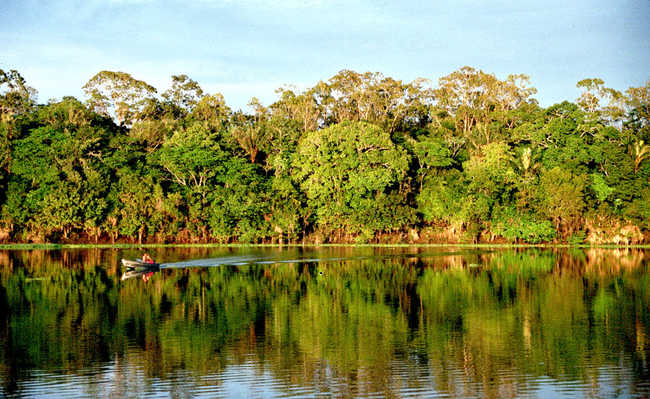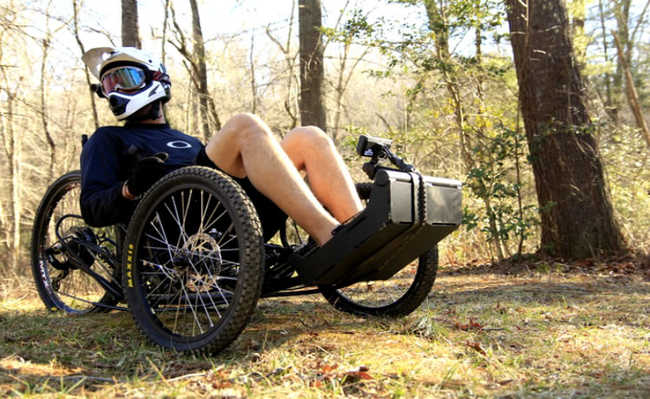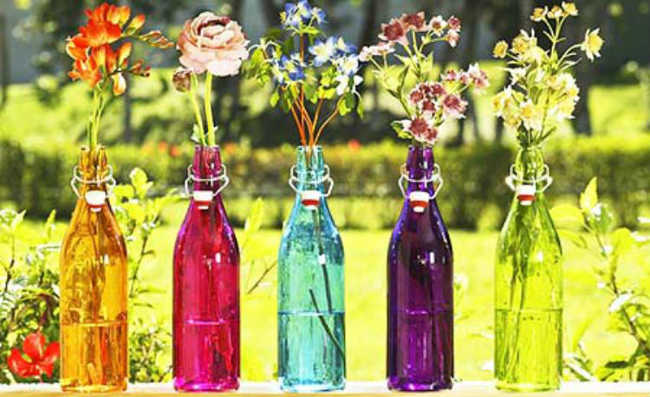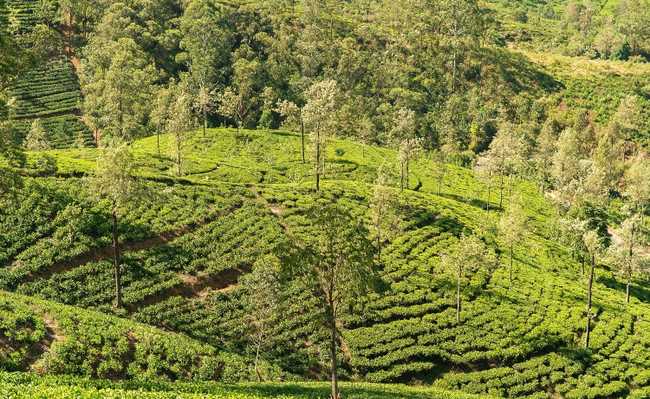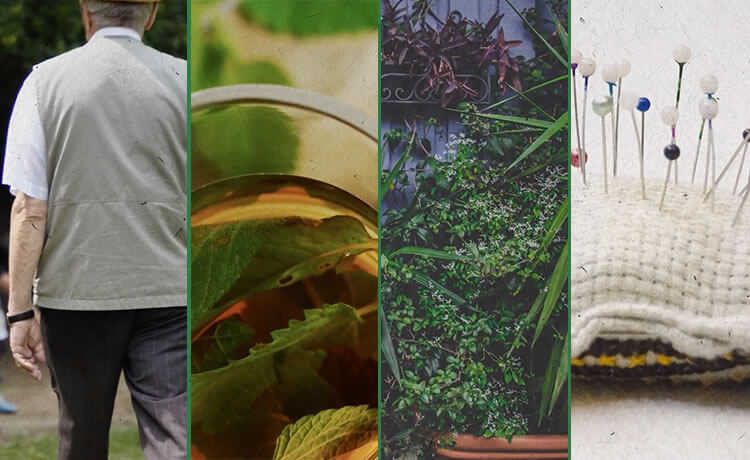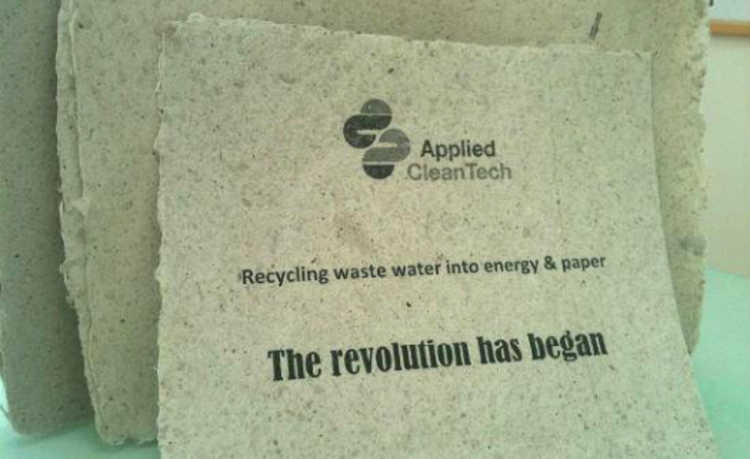What is blue carbon?
Blue carbon is a concept that refers to all carbon captured and stored in coastal ecosystems such as mangroves.

Edited and resized image by Nathalia Verony, is available on Wikipedia and licensed under CC BY 3.0
Blue carbon is a concept that refers to all carbon that is captured from the atmosphere or ocean and is stored in coastal ecosystems. Coastal ecosystems are among the most productive in the world. They provide essential ecosystem services such as coastal protection from landslides, storms and tsunamis; fishery resources; carbon sequestration; among others, being important in the context of climate change. Among them are formed by mangroves, swamps and marine angiosperms.
These ecosystems sequester and store large amounts of carbon present in plants and rock sediments. More than 95% of the carbon present in seagrass meadows is stored in soils. Using just 2% of the total ocean area, coastal habitats store 50% of all carbon captured in ocean sediments.
However, mangroves are being eliminated at a rate of 2% per year. Experts estimate that this destruction leads to carbon emissions that represent up to 10% of emissions from environmental degradation - even though mangroves cover only 0.7% of the land cover.
Salt marshes are being lost at a rate of 1-2% per year, having already lost more than 50% of their original coverage. While marine angiosperms cover less than 0.2% of the ocean floor, but store about 10% of ocean carbon per year. They are being lost at a rate of 1.5% per year, having already lost 30% of their original coverage.
Why is it important to preserve coastal ecosystems?
When protected or restored, coastal ecosystems store significant amounts of carbon (or blue carbon) that could otherwise be present in the atmosphere and exacerbate climate change. When degraded or destroyed, these ecosystems emit the carbon they have stored for centuries in the atmosphere and oceans and become sources of greenhouse gases.
An estimated 1.02 billion tonnes of carbon dioxide are being released annually from degraded coastal ecosystems, equivalent to 19% of tropical deforestation emissions worldwide.
Mangroves, salt marshes and marine angiosperms are distributed along the world's coasts, contributing to coastal water quality, healthy fishing and coastal protection from floods and storms. Mangroves, for example, provide the equivalent of at least $1.6 billion each year in ecosystem services - which support coastal livelihoods and human populations around the world.
The meeting of fresh and salt water, combined with the air in the atmosphere, generates the coastal zone, a place where a high diversity of animals and plants lives, as well as a large part of the human communities that generate rich cultures and practices of use of important natural resources for life between land and sea.
The restingas, in turn, with more than 5 thousand fragmented kilometers, occupy about 79% of the Brazilian coast. The main formations occur on the coast of São Paulo, Rio de Janeiro, Espírito Santo and Bahia. They began to appear with the retreat of the sea and remain in transformation with vegetables from sandy beaches; shrub herbaceous vegetation; floodable trees and dry forest.
Coastal habitats account for half of the total carbon captured in ocean sediments, covering less than 2% of the total ocean area. That's why it's so important to conserve them.
The Blue Carbon Initiative
The Blue Carbon Initiative is a coordinated global program focused on mitigating climate change through conservation and restoration of coastal and marine ecosystems. It works to protect and restore coastal ecosystems through its role in reducing the impacts of global climate change. To support this work, the Initiative is coordinating the International Blue Carbon Scientific Working Group and the International Blue Carbon Policy Working Group, which provide guidance for necessary research, project implementation and policy priorities.
Projects are being developed in locations around the world to protect and restore coastal ecosystems for their “blue” carbon value.

